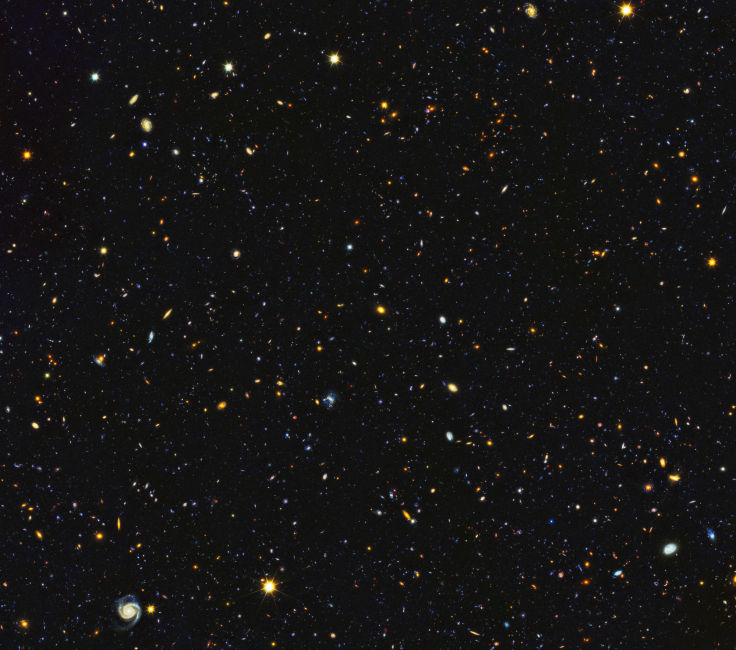The Universe May Be A Giant Loop, Here’s Why

The universe may be curved, like a giant inflated balloon, according to a new study.
A new paper published in the journal Nature Astronomy studies the data from the cosmic microwave background (CMB), which is the faint echo of the "Big Bang", to conclude that the universe is not flat.
However, not everyone is convinced. The new findings, based on the data released in 2018, contradict both years of conventional wisdom and another recent study based on the same CMB data set. The latest data shows there’s significantly more "gravitational lensing" of the CMB than expected.
The CMB is the oldest thing in the universe, made up of ambient microwave light that permeates the space when you block out the stars and galaxies. It is also an important source of data on the universe’s history and behavior.
According to researchers, even if the universe is curved, it curves gently.
The slow bending is not important for moving around our lives but if one travels beyond it, outside the galactic neighborhood, moving in a straight line- you’d eventually be back where you started. Cosmologists call this phenomenon the "closed universe."
Cosmologist Alessandro Melchiorri of Sapienza University of Rome told Live Science that he agrees the closed-universe model would raise a range of problems for the field of physics.
“I don’t want to say that I believe in a closed universe,” he explained. “I am a little bit more neutral. I’d say, let’s wait on the data and what the new data will say. What I believe is that there’s a discrepancy now that we have to be careful and try to find what is producing this discrepancy.”
© Copyright IBTimes 2025. All rights reserved.





















